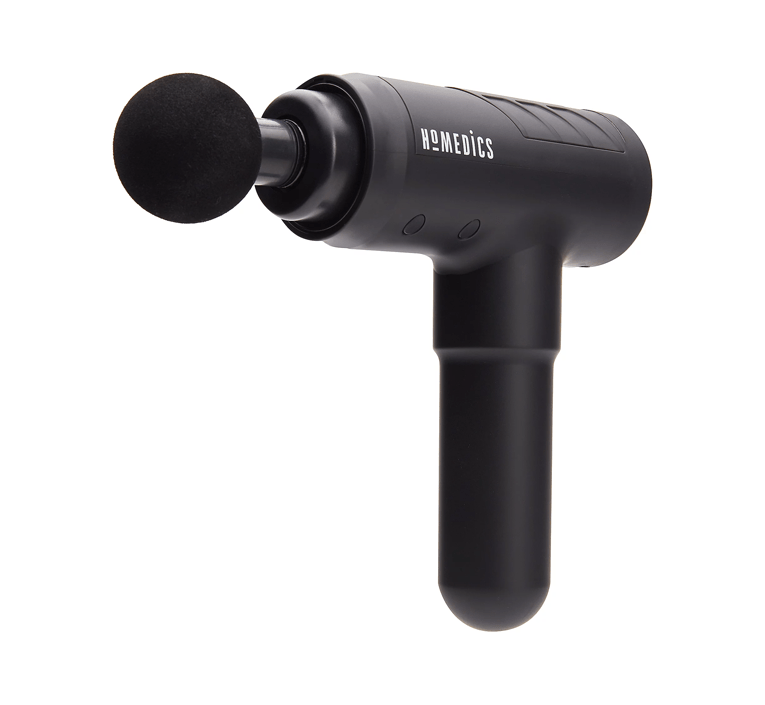If you’re feeling spooked by the uptick in hurricanes, floods, and tornadoes wreaking havoc on our communities (it’s climate change y‘all) you’re not alone. And, whether or not you’ve been personally affected by a recent natural disaster, the news certainly serves as a reminder that we should all have our emergency-related ducks in a row—that means assembling a go-bag so you’re prepared when disaster strikes. The best emergency kits are stocked with helpful items to get you and your family through crisis, be it a fire, flood, or earthquake. Read on to hear from a handful of emergency-preparedness experts for their tips, plus an extensive list of everything you need to build a successful emergency supply kit.
First Aid Only 299 Piece Set, $25
LifeStraw Personal Water Filter Straw, $20
DaringSnail Emergency Crank Weather Radio, $39
Gerber Suspension-NXT Multi-Tool, $50
Go Time Gear Packable Survival Tent, $20
Uncharted Supply The Seventy2 Survival System, $259
Stealth Angel 72 Hour Emergency Kit, $99
What should you consider when creating an emergency kit?
“When building an emergency preparedness kit, it’s essential to consider both short-term and medium-term needs, as the duration of an emergency can be unpredictable,” says Alison Hill, CEO of LifeStraw. “Start by assessing the specific risks in your area (e.g., hurricanes, wildfires, or earthquakes), but also prepare for prolonged disruptions.”
“Ensuring you have enough supplies—however you define that—for you and your family for at least three days is vital, because it can be extremely challenging for first responders to provide meaningful humanitarian aid within the first 72 hours after a disaster, even with the fastest response,” adds Dr. John Roberts, MD, Senior Emergency Health Advisor at International Medical Corps.
Dr. Roberts also says you should ideally include one complete change of climate-appropriate clothing, including sturdy shoes, for each family member. “Include extra prescription medications and eyeglasses in your first aid kit, and learn how to use all supplies, including an epinephrine injector, if needed. Items to help with personal grooming, cleaning and toiletries can also be in your preparedness kit.”
Feeling overwhelmed? Don’t worry, the actual list of items is much more manageable than it sounds. Plus, there are plenty of premade emergency kits that can help tackle a lot at once (we’ll list a few below). However, Courtney Klosterman, home insights expert at Hippo home insurance, says that even if you buy a premade kit, you’ll want to customize it to meet your family’s needs. “As a bonus, you can also put in items that could comfort your family during times of crisis: your favorite snacks, cozy blankets and even special books or toys,” she adds.
Most importantly, Dr. Roberts stresses that every disaster is different, so it’s crucial that you follow emergency instructions from local authorities. “Discuss where to seek shelter with your household, identify meeting places and plan evacuation routes,” he adds.
What items should you include?
Regardless of your environment, our experts agree that all emergency supply kits should include the following:
- Water filtration/purification tools and, ideally, one gallon of water per person (and one-half gallon per pet) per day for three days
- Non-perishable food for three days
- First aid essentials
- Portable tent
- Solar-powered or battery-free light
- A multipurpose tool
- Cell phone chargers
- Personal hygiene items
- Copies of important documents (more on this below)
- Emergency radio
- Communication devices for connectivity
- Handheld maps
- Emergency blankets and ponchos
Don’t forget about your furry friends
According to Amber Batteiger, who is a first responder and the Communications Manager and Disaster Relief Expert at Embrace Pet Insurance, your beloved fur-babies require their own emergency go-bag. “This preparation is vital as disasters are very stressful for both pets and pet parents,” she says.
Batteiger says a pet-specific emergency kit should include 7-10 days’ worth of pet food, water, medications, any necessary medical records, a leash and collar with identification tags, a carrier or crate, bedding, and toys. “If your pet is not accustomed to being in a carrier or kennel, its crucial to familiarize them beforehand,” Batteiger adds. “Practice going in and out of it and [have them] spend some time inside the kennel or crate.”
Shop emergency kit items
Share this content:
About The Author
Discover more from J and J Fitness
Subscribe to get the latest posts sent to your email.




